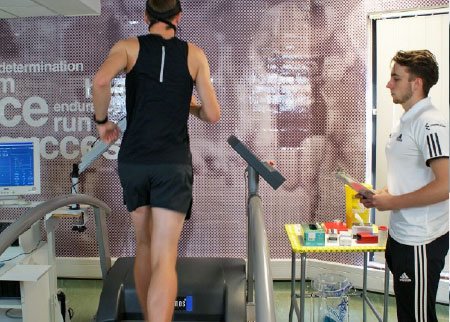4 Key Elements for Successful Marathon Training
Training for a marathon requires a structured and strategic approach to maximize performance and minimize the risk of injury.
To help you excel in your marathon journey, this article highlights four key elements that should be incorporated into your training regimen. By focusing on these essential components, you can enhance your endurance, race pace, overall fitness, and injury prevention.
1. Time on Your Feet and Fuelling Practice:
One crucial aspect of marathon training is spending time on your feet, gradually building your endurance and preparing your body for the demands of a long-distance race.
This involves consistently increasing the duration of your long runs to acclimate your body to prolonged running. Additionally, it provides an opportunity to practice fuelling and nutrition strategies that will sustain your energy levels during the marathon. Experiment with different products and timing to ensure that you find what works best for you.
It takes 17 times to get your body used to gels, so make sure you are practicing this early in your preparation.

2. Marathon Pace Work During Long Runs:
While long runs are essential, it’s equally important to incorporate segments of running at your marathon goal pace. This helps you simulate race conditions when you are fatigued and still need to maintain a steady pace.
Many runners overlook this critical element and focus solely on accumulating miles during their long runs. By periodically including marathon pace work in your training, you’ll develop the mental and physical fortitude necessary to sustain your target pace on race day.

3. Lactic Threshold Efforts:
Training at your lactic threshold—the point at which lactic acid builds up in your muscles—improves your body’s ability to clear lactic acid and perform at higher intensities.
It is crucial to incorporate lactic threshold workouts into your training plan, as they enhance your anaerobic capacity and increase your overall running speed. Utilizing a heart rate monitor and a lactate threshold test can help you gauge and train at the appropriate effort level, aligning with your goals.
For information on lactate tests email everardpilates@gmail.com and we can send you information.

4. Supplementary Exercises – Sports Pilates and Strides:
To maintain a healthy and injury-free body throughout your marathon training, it is essential to complement your running with supplementary exercises. Two effective options are sports Pilates and strides.
Sports Pilates focuses on core strength, flexibility, and stability, helping to prevent common running injuries and improve overall body awareness. Strides, on the other hand, involve short, quick bursts of running at near-maximum effort, improving your running economy and stride efficiency. Integrating these exercises into your routine once a week can significantly enhance your performance and reduce the risk of injury.

Conclusion
- Preparing for a marathon requires a holistic approach that goes beyond simply logging miles. By incorporating the four key elements discussed in this article—time on your feet, marathon pace work, lactic threshold efforts, and supplementary exercises—you will optimize your training, improve your race pace, and minimize the risk of injuries.
- Remember to practice fuelling during long runs, simulate race conditions, train at your lactic threshold, and engage in exercises that promote strength and injury prevention. Embrace these key elements in your marathon training, and you’ll be well-prepared to conquer the distance and achieve your goals on race day.
For more information and to get a Free Week’s Training so you can see how best to prepare. Fill in our Running form here
Take a Free Trial of our Running Training program to help you get the most out of the time and effort that you put into your training.
🔒 YOUR INFORMATION IS SAFE WITH US

Download FREE Book and Audiobook
a collection of articles, newsletters and presentations directly to your inbox.
